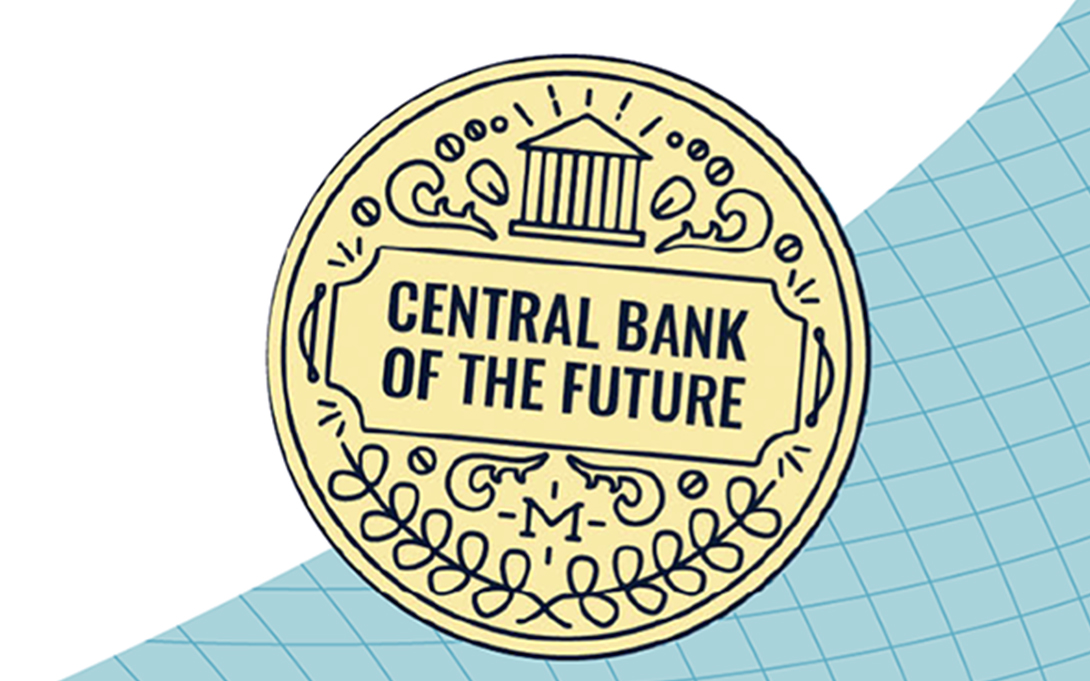What if…?
What will the Central Bank of 2070 look like? A series of guest bloggers chime in. Released June 4, 2020.
Read all blog posts here
In partnership with the Bill and Melinda Gates Foundation, this project explores the mandate and design of central banks to consider whether they might play an even stronger role in promoting financial inclusion, financial health, and a more inclusive economy.

The Bill and Melinda Gates Foundation
Central banks play important roles in monetary policy, financial sector supervision, and payment systems. Central bank policies can play critical roles in whether the financial system advances financial inclusion. As technology continues to change the financial sector, however, there may be new ways in which these institutions undertake this work using financial technology ("fintech"). This also raises the question of whether central banks are well positioned to promote a more inclusive economy–or whether the role of the central bank should be revisited.
Simultaneously, the 2018 World Inequality Report finds that global income and wealth inequality is growing. In partnership with the Bill and Melinda Gates Foundation, this project explores the mandate and design of central banks to consider whether they might play an even stronger role in promoting financial inclusion, financial health, and a more inclusive economy. More broadly, it creates a vision for what the "central bank of the future" might look like and focuses in particular on how emerging technology could support central banks in their efforts to promote financial inclusion, growth, and development.
Primary investigators Michael S. Barr, Dean of the Ford School, and Adrienne A. Harris, Towsley Foundation Policymaker in Residence, Ford School Professor of Practice and former Special Assistant to President Obama are leading a project to help develop the central bank of the future and its role in fostering financial inclusion around the world. This project will consider how the role of a central bank could evolve in the future to enable it to make greater contributions toward financial inclusion. The project will consider monetary policy, financial sector supervision, and payments systems, as well as other functions. The project also is meant to identify technologies, processes, or tools that could benefit a central bank in supporting public policy objectives related to inclusion, and consider how other sectors, including the private sector and philanthropy, might have a role to play in supporting the development of those tools.
Over the period of two years, we are engaging with standards-setting bodies, central banks, financial regulators and policymakers, as well as futurists and technologists, incumbent financial institutions, fintechs and other financial ecosystem stakeholders. One key output of this project will be a policy paper outlining potential future designs for a central bank and potential pathways for reaching that future state, along with a series of working papers focused on specific topics. As those papers are released, they will be published here. To be notified of their availability in real time, please join our email list, visit our LinkedIn page, or follow us on Twitter @MichiganCFLP.